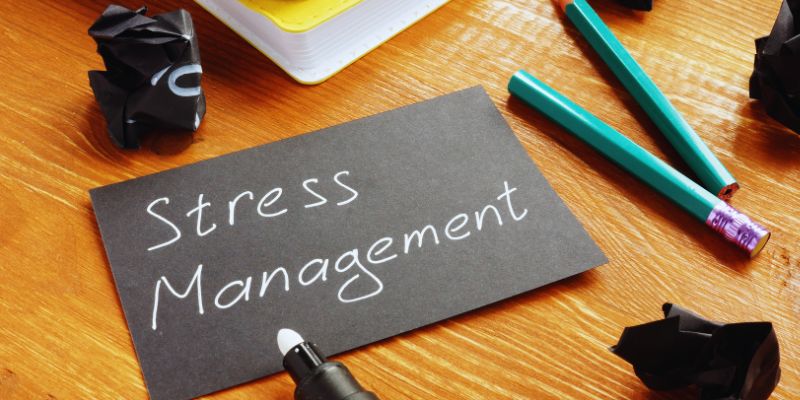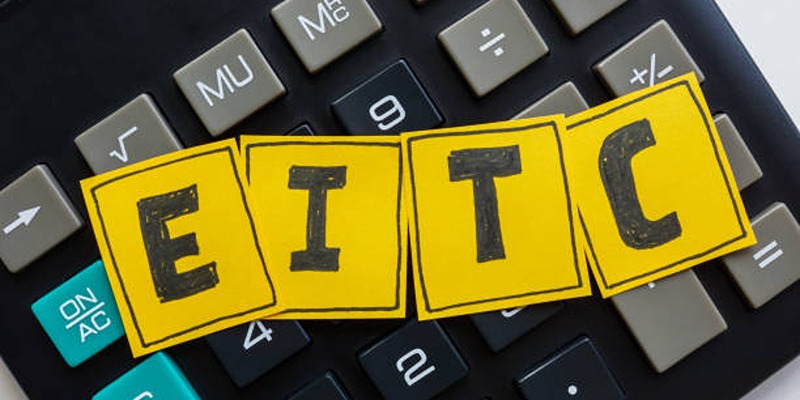How To Manage Dysautonomia: Tips for Living Well with this Condition
Dysautonomia is a disorder that compromises the autonomic nerve system. This system regulates involuntary bodily processes, including heart rate, digestion, and blood pressure. Though controlling dysautonomia can seem daunting, living healthy is achievable with the proper strategy. Treatment mostly aims to control symptoms and enhance daily living. Changing your lifestyle will help a lot.
Keeping current with your situation helps you make wise judgments. These ideas can help regardless of your dysautonomia type—POTS or another kind. Improving quality of life depends on consistent medical treatment and supportive techniques. This article looks at the efficient management of dysautonomia.
What Is Dysautonomia?
A category of disorders known as dysautonomia is defined by a malfunctioning autonomic nerve system (ANS). Among numerous automatic functions in your body, the ANS controls heart rhythm, digestion, and breathing. When the system breaks down, symptoms might range greatly. Common kinds of dysautonomia are Pure Autonomic Failure (PAF), Neurocardiogenic Syncope (NCS), and Postural Orthostatic Tachycardia Syndrome (POTS).
Dysautonomia's symptoms include dizziness, fainting, fast heart rate, and exhaustion. These symptoms often hinder regular activity. Though there is no treatment for the disorder, good management can enhance the quality of life. The first step toward improved management is knowing dysautonomia. See your doctor for a diagnosis and treatment plan. Knowledge of your illness helps you negotiate difficulties confidently.
Recognizing Symptoms and Triggers
Control of dysautonomia begins with symptom recognition and trigger identification. Among the symptoms include cognitive fog, lightheadedness, and trouble controlling temperature. Tracking your experiences is crucial since these symptoms vary greatly across people. Common dysautonomic causes are stress, dehydration, and extended standing. Some find that particular meals or hot conditions aggravate their symptoms. Maintaining a notebook helps one identify triggers and trends. That helps you to avoid or control circumstances aggravating your illness.
Work closely with your doctor to better understand your particular symptoms. They can recommend diagnostic tests to rule out other disorders and confirm dysautonomia. Effective therapy requires early recognition. Finding your symptoms and triggers can help you control them proactively. Awareness helps you stay ready and lessens the effect on your daily life.
Lifestyle Changes for Managing Dysautonomia:
Changing your lifestyle will help you manage dysautonomia much better. Maintaining hydration is among the most important ones. To prevent dehydration, try to sip enough water throughout the day. Also quite important is diet. Eating little, frequent meals can assist in balancing blood sugar and stopping dizziness. While some people may find a diet high in salt beneficial, see your doctor before changing anything.
Work on light to moderate activity in your schedule. Yoga and walking are among the activities that help circulation and, over time, lessen discomfort. Steer clear of overdoing it since it could aggravate your illness. Give rest a top priority, then control your tension. Deep breathing or mindfulness are among the stress-reducing strategies that assist your nervous system in relaxing. Establishing a disciplined daily schedule helps keep you steady. Long-term progress depends on consistent adherence to the modifications that are made.

Medical Treatments and Therapies
Treatment and therapy in medicine can control dysautonomia symptoms rather well. Your doctor can write prescriptions for medicines to control heart rate, blood pressure, or other connected problems. Typical choices include fludrocortisone or beta-blockers. Additionally, helping to enhance circulation and lessen symptoms, including dizziness, is physical therapy. Knowing dysautonomia management, a physical therapist can create a customized workout program for you.
Blood flow is easier with compression clothing, including abdominal binders or stockings. It helps lower the body's blood pool and stop vertigo or fainting. Intravenous saline infusions help some individuals, especially during severe symptom flare-ups. This therapy raises blood volume and steadies blood pressure. Management of this disorder depends on regular follow-ups with a professional. As your symptoms vary, your treatment strategy can call for changes. Often, the best benefits come from combining lifestyle changes with medical treatment.

Coping with Daily Challenges:
Many times, dysautonomia influences daily life in many ways. Coping calls for both patience and organization. Create a disciplined schedule first that strikes a mix between relaxation and exercise. Pace yourself; extreme effort can aggravate discomfort. To keep hydrated all during the day, carry a water bottle. Balanced nutrient portable snacks help to avoid energy crashes. Keep a little first-aid kit, including medicines or salt pills for emergencies.
One needs social support very much. Contact people who know your illness via support groups. Sharing experiences can lower loneliness. Create surroundings that reduce triggers. Change your workstation to allow for easy standing or sitting. If heat sensitivity is a concern, use fans or cooling devices. Honor little triumphs. Pay more attention to your capacity than your limitations. Maintaining optimism and initiative will enable you to negotiate daily obstacles properly.
Support Networks and Resources:
Developing a solid support system can help dysautonomia management be more straightforward. Giving emotional and physical help depends much on family and friends. Tell them about your illness so they may better meet your needs. Join local support groups or web networks. Speaking with others who have gone through similar things can provide emotional support and pragmatic guidance. Groups like Dysautonomia International offer tools, research updates, and advocacy chances.
Think about working with a mental health practitioner. Having a chronic illness could cause one to become depressed or frustrated. Therapy can assist in developing coping mechanisms and preserving a good attitude. Promote oneself in medical environments. Keep thorough notes on your symptoms and treatments to present to your doctor. That guarantees you individualized treatment. You are not alone, though. There are plenty of tools at hand to assist you in negotiating dysautonomia's difficulties.
Conclusion:
Managing dysautonomia calls for support systems, lifestyle modification, and medical treatment combined. Important considerations are keeping hydrated, identifying triggers, and changing your daily schedule to reflect balance. Therapies and medications can help with particular symptoms and improve your living quality. Creating a support system—online and offline—helps to lessen isolation. Though difficult, dysautonomia can be managed with the proper tools and techniques, enabling a full existence. Recall that over time, little changes add up to a great difference. In controlling this disorder, keep informed, proactive, and upbeat.












